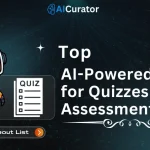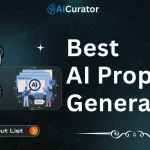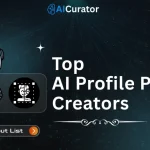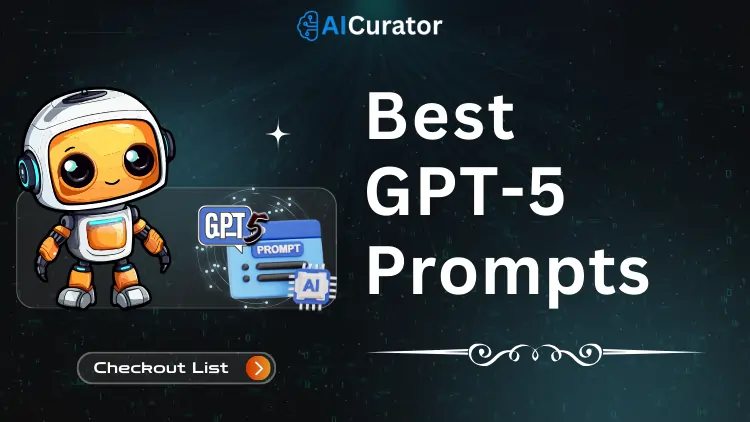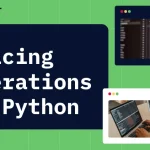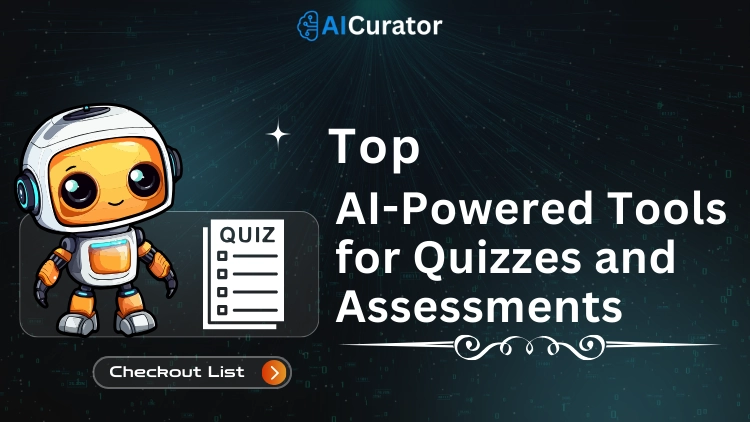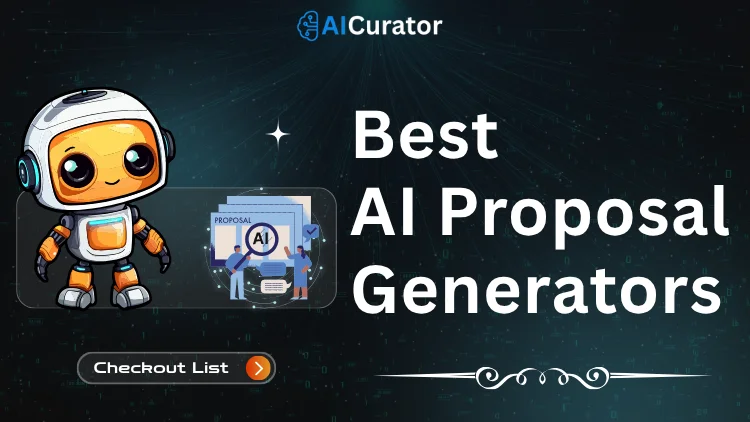Level up real-world workflows with these field-tested GPT-5 prompts designed for product builders, marketers, and creators.
Each prompt includes a clear goal, copy-paste prompt template, implementation notes, and a sample output so it’s ready to use out of the box.
Insights and prompting tactics reflect current GPT-5 capabilities and best practices for instruction clarity, role prompting, and iterative refinement.
Why Curated Prompts Matter — and How They Unlock GPT-5’s “Agent Mode”
Structured, task-oriented prompts turn GPT-5 from a chatty assistant into a dependable AI agent that plans, executes, and verifies multi-step tasks.
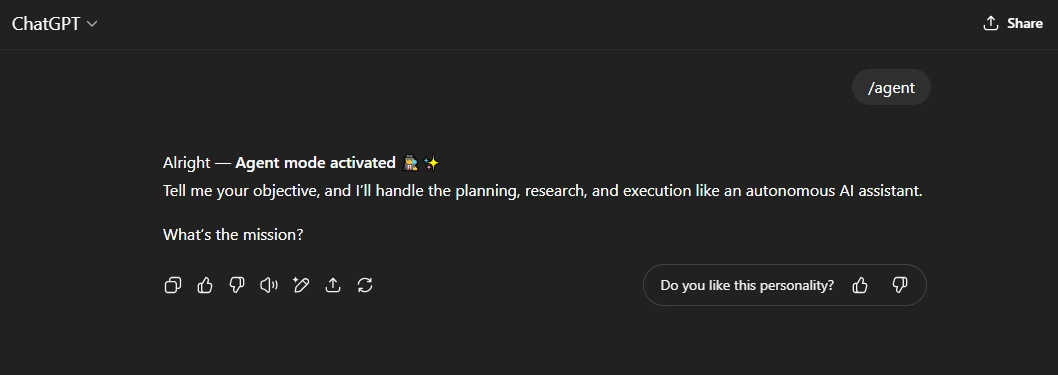
Define a clear role, constraints, and output format to tap GPT-5’s strengthened instruction-following and reduced hallucination rate, delivering faster, sharper code, content, and strategy drafts. Curated prompts also leverage the new reasoning_effort knob to balance depth against latency, unlocking tangible productivity gains for builders.
Ready to see it in action? Dive into the five copy-paste prompts that follow.
1) AI-Powered Travel Moodboard Generator (Web App Prompt)
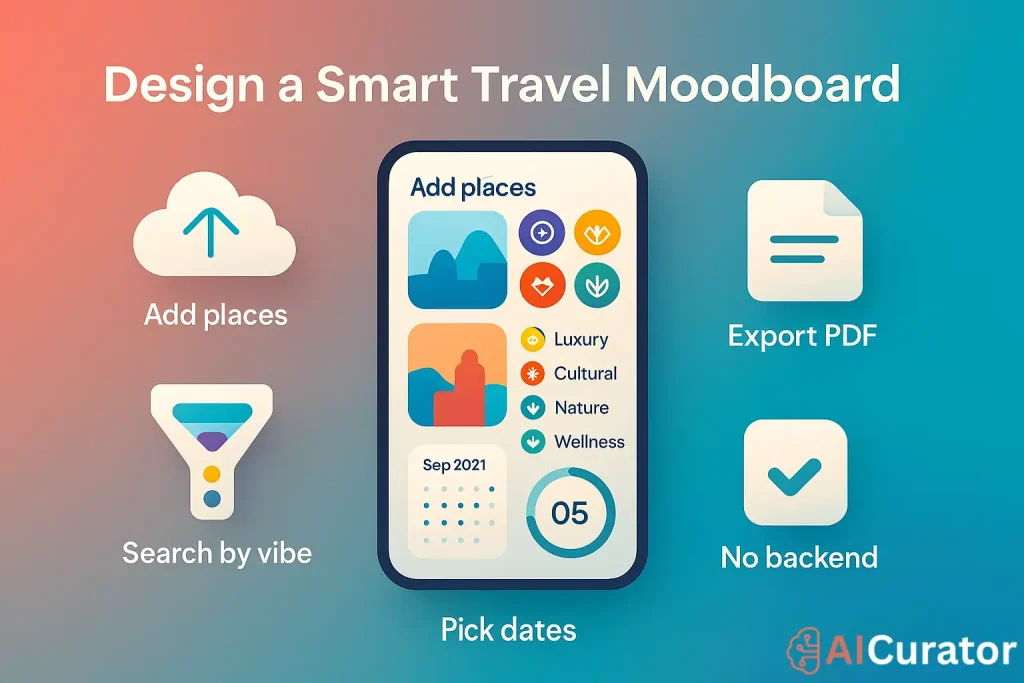
Goal: Build a colorful, mobile-friendly travel inspiration web app with destinations, photo uploads, mood tags, progress tracker, calendar view, and export-to-PDF.
Use when: Prototyping a full-stack feature set fast, leveraging GPT-5’s improved planning and instruction adherence via structured prompts and constraints.
Prompt (copy/paste)
You are a senior full-stack engineer. Build a responsive web app called “WanderMood” with:
Features: add destination cards (title, city/country), upload photos, assign mood tags (adventure, luxury, cultural, nature, wellness), progress tracker (count of dream trips), calendar view for tentative dates, search/filter by mood, export moodboard to PDF, and local persistence.
UX: colorful, mobile-first UI, large tap targets, drag-and-drop image upload, empty states, toast notifications, accessibility labels.
Tech: React + Vite + Tailwind; State with Zustand; File upload to local base64; PDF export with jsPDF; Calendar with a minimal date picker; No backend.
Deliverables: index.html, main.jsx, App.jsx, components/*, store.js, utils/pdf.js, styles.css, and setup instructions.
Constraints: No external paid APIs; all assets are client-side; ensure Lighthouse a11y score is≥95.
Include example seed data.
Implementation Notes
2) Emoji Cryptic Puzzle Game (Single-Page Game Prompt)
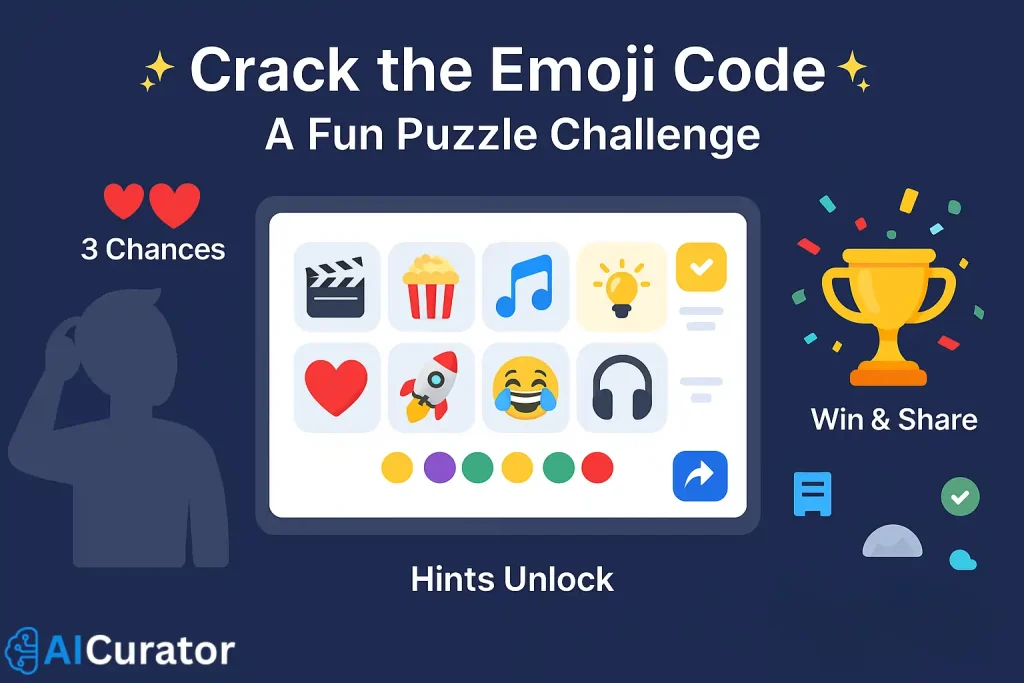
Goal: A browser game that converts a random movie/song/quote into an emoji puzzle; 3 attempts, escalating hints, round scores, and shareable results.
Use when: You want a self-contained SPA with delightful UX and strong game loop clarity; leverage role+objective+constraints prompting for precise logic.
Prompt (copy/paste)
You are a game developer. Create a single-page “Emoji Cryptic” web game:
Content: A curated JSON bank of 120 items (40 movies, 40 songs, 40 famous quotes) with fields: type, title, emojiPuzzle, hints[1..3].
Rules: Random item per round; player has 3 guesses; after each wrong guess, reveal next hint; show round result and cumulative score; difficulty scaling.
UX: playful, accessible UI; big emoji; input with “I’m feeling lucky” wildcard; keyboard shortcuts; confetti on win; share button (copy summary to clipboard).
Tech: Vanilla JS + HTML + CSS; no frameworks; localStorage for scores; lightweight footprint.
Deliverables: index.html, styles.css, app.js, data/items.json; include 20 example items in JSON.
Implementation Notes
3) Career Interview Simulator (AI Feedback Prompt)
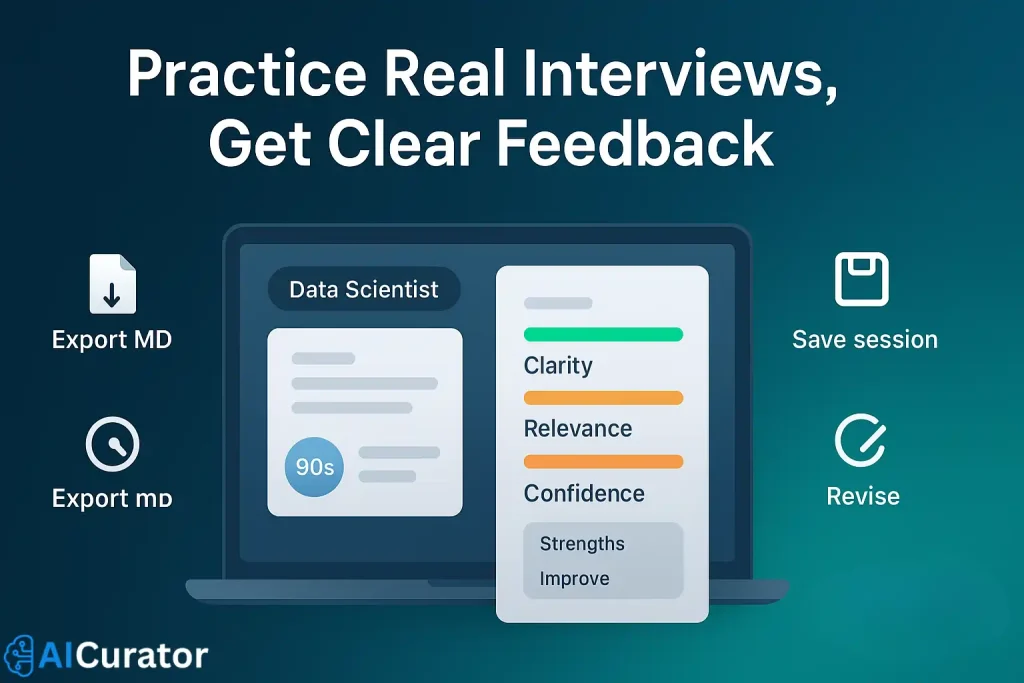
Goal: An AI-powered interview prep app that generates 10 mixed behavioral/technical questions for a given role, then evaluates user answers on clarity, relevance, and confidence with actionable feedback and examples.
Use when: Practicing interviews with structured feedback and iterative refinement; lean on GPT-5’s strong reasoning and rubric-based evaluation with explicit criteria.
Prompt (copy/paste)
You are an interview coach. Build a web tool “RoleReady”:
Flow: user selects role (e.g., PM, Data Scientist, SWE, Designer); generate 10 questions (mix behavioral/technical); accept typed answers; evaluate each using a rubric with 3 dimensions: clarity, relevance, confidence (score 1–5 each), with a summary, strengths, improvement tips, and a model answer.
Features: question timer (90s), progress tracker, save session, export feedback to Markdown.
Tech: Next.js + Tailwind; local-only; fake latency to simulate realism; all data client-side.
Deliverables: pages/index.tsx, components/QuestionCard.tsx, components/FeedbackCard.tsx, lib/rubric.ts, lib/generator.ts; include sample role profiles and question pools.
Implementation Notes
4) Daily Habits & Micro-Goal Tracker (Minimalist Productivity Prompt)
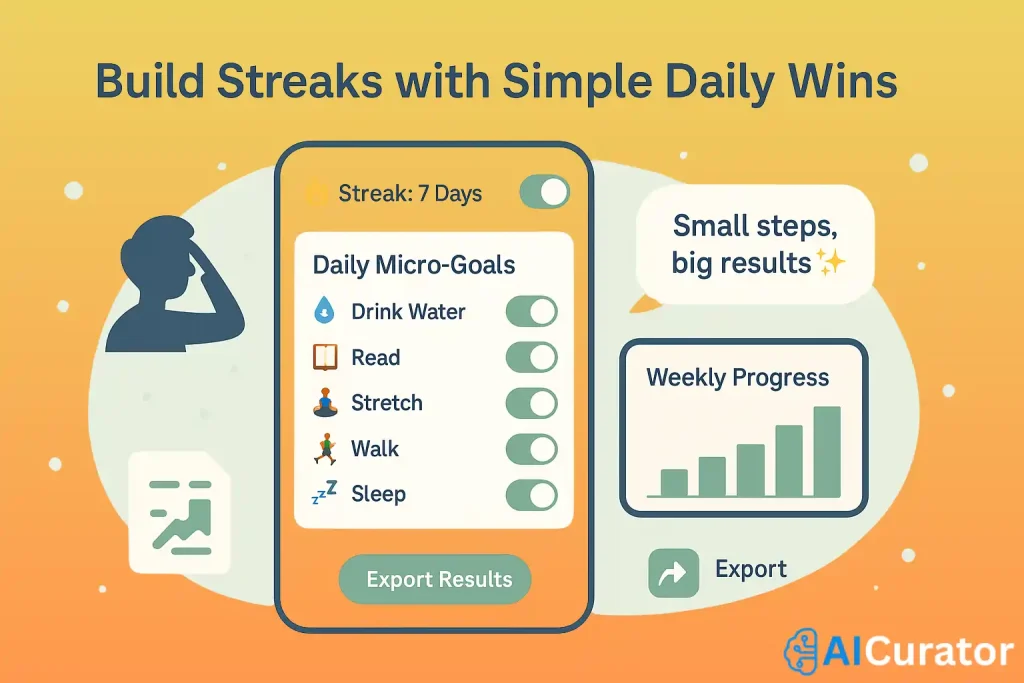
Goal: A minimal habit app supporting up to five daily micro-goals with toggles, progress bars, streaks, weekly charts, quotes, and CSV export.
Use when: You want a lightweight, privacy-friendly tracker with charts and exports; leverage GPT-5 to scaffold data schema and client-side persistence.
Prompt (copy/paste)
You are a product engineer. Create “MicroWin”—a minimalist habit tracker with:
Limits: up to five daily micro-goals (e.g., drink 2L water, stretch 5min, read 10 pages).
UI: daily checklist with toggles; per-goal progress bar; streak counter; weekly summary chart; motivational quote generator; theme toggle; keyboard support.
Data: localStorage JSON; CSV export of completions and streaks; timezone-safe dates.
Tech: Svelte + TypeScript; Charts with Chart.js; CSV export helper; no backend.
Deliverables: src/routes/+page.svelte, src/lib/store.ts, src/lib/csv.ts, src/lib/quotes.ts; include seed data and a11y checks.
Implementation Notes
5) Story-Driven Comic Strip Generator (4-Panel Visual Prompt)
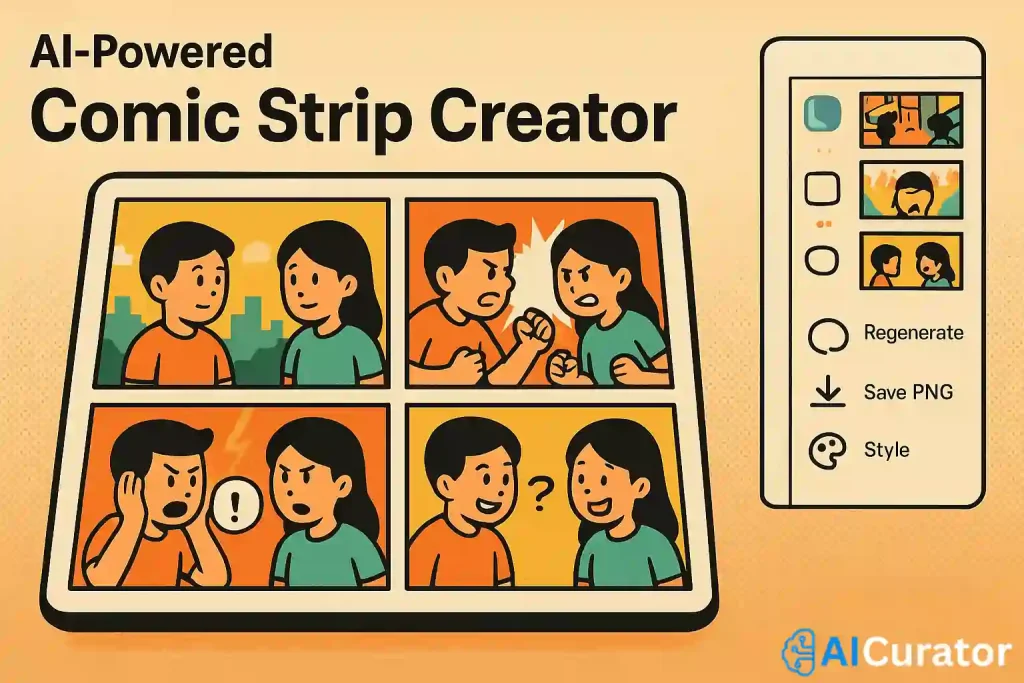
Goal: Generate a 4-panel comic strip for any theme with consistent characters, comic-book art style, and downloadable PNG.
Use when: Creating narrative visuals with structural guidance; use explicit scene beats and consistency constraints; add a critique loop for continuity.
Prompt (copy/paste)
You are a creative technologist. Build “PanelCraft,” a 4-panel comic generator:
Input: theme + short premise (1–2 sentences).
Structure: Panel 1 (scene), Panel 2 (conflict), Panel 3 (tension), Panel 4 (twist/resolution).
Consistency: same characters across panels (names, attire, palette); recurring props; speech bubbles; captions.
Output: render 4 panels in a single 2x2 PNG; downloadable; include alt text for accessibility.
UI: comic style with halftones, bold titles, gutter spacing; history sidebar; “Regenerate panel” option.
Tech: Web canvas renderer; state as JSON; seed examples with 3 styles (retro, modern, manga).
Deliverables: index.html, app.js, renderer.js, styles.css; include 2 premade themes.
Implementation Notes
Why These Prompts Work With GPT-5
Example Outputs
How These GPT-5 Prompts Beats Typical “Prompt Lists”
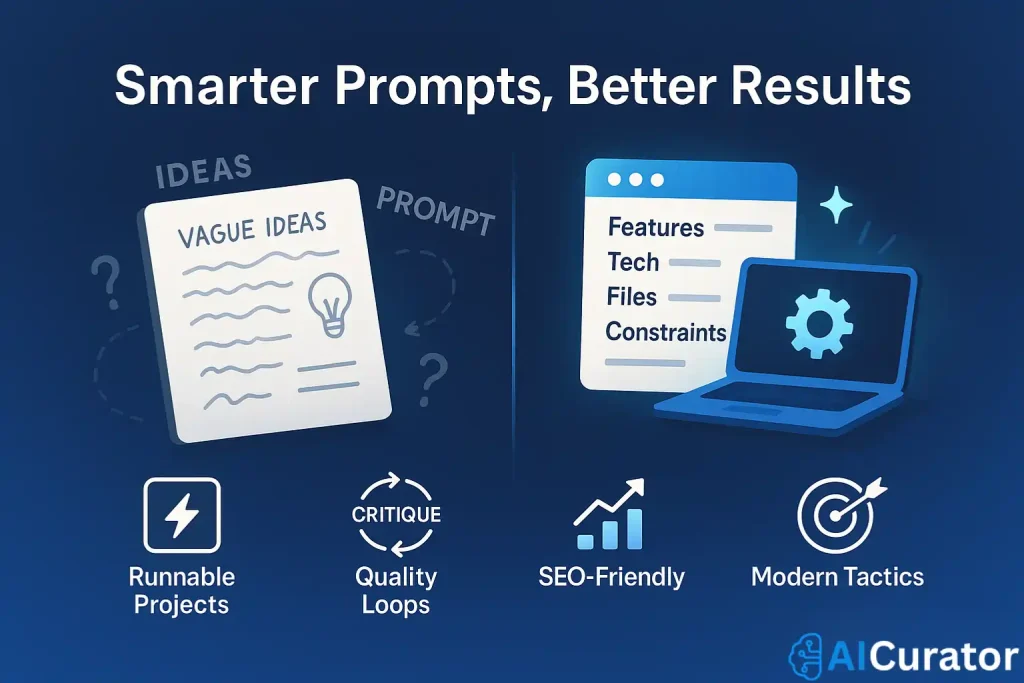
If a fully generated codebase is desired for any prompt above, ask for “scaffold + ZIP” and specify preferred framework and license; then request a final critique pass before deployment for accessibility, performance, and edge cases.
Recommended Readings:


